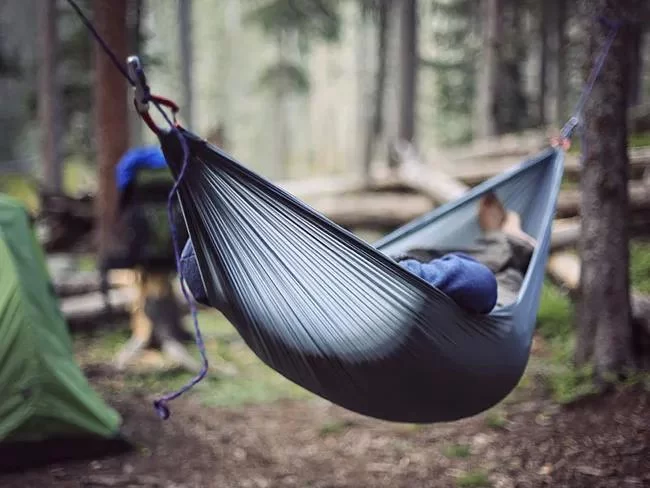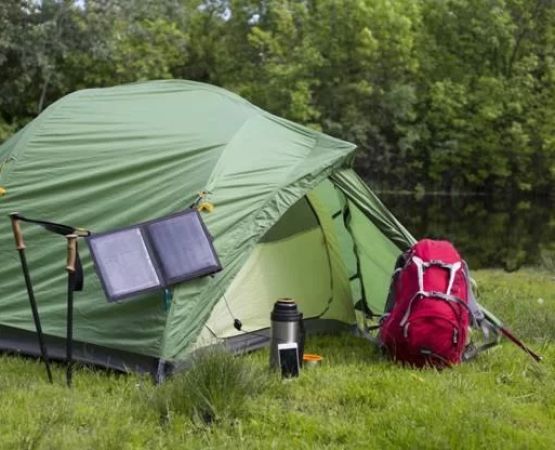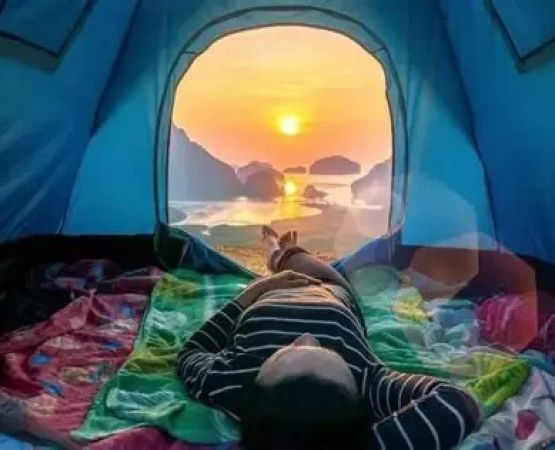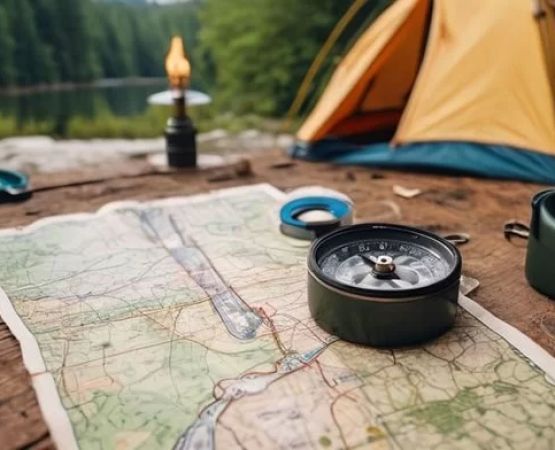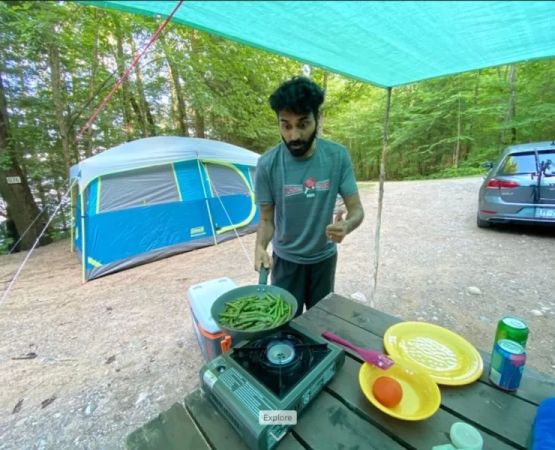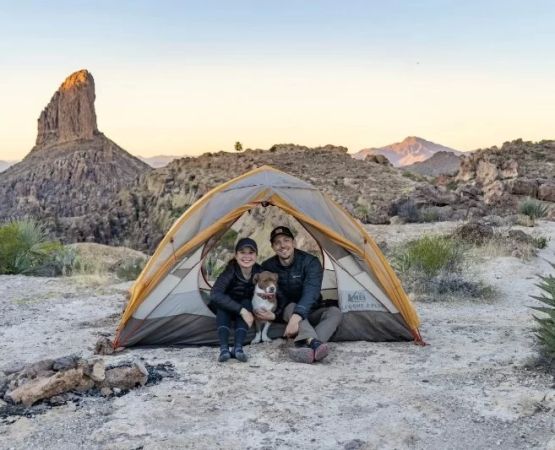Why Choose a Hammock for Camping?
As someone who has spent countless nights under the stars, I can confidently say that camping with a hammock is a game-changer. For years, I relied on traditional tents for my camping trips, but when I first tried sleeping in a hammock, it completely transformed my outdoor experience. The feeling of being suspended above the ground, gently rocking with the breeze, and waking up to the sound of nature is unmatched. In this guide, I’ll share everything I’ve learned about using a hammock for camping—from setting it up to maximizing comfort and sleep quality.
The Benefits of Hammock Camping
When I first heard about hammock camping, I was skeptical. How could a hammock be as comfortable as a bed, let alone provide protection against the elements? But after experiencing it myself, I realized just how many advantages hammocks offer over traditional tents. First, hammocks are incredibly lightweight and compact, making them a great choice for backpacking. You can easily carry a hammock and a small tarp without weighing yourself down.
Another huge benefit is the comfort. Sleeping in a hammock might seem awkward at first, but once you find the right position, it’s incredibly restful. Unlike sleeping on the hard ground, a hammock conforms to your body, giving you a more natural and ergonomic sleep position. Plus, being off the ground keeps you away from bugs, moisture, and the cold—three things that often make tent camping less enjoyable.
How to Set Up a Hammock for Camping
Setting up a hammock for camping can seem intimidating at first, but once you understand the basic steps, it’s actually quite simple. Here’s how I set up my hammock every time I go camping:
Step 1: Choose the Right Hammock
The first step is choosing the right hammock for your camping needs. There are two main types of hammocks to consider: single hammocks and double hammocks. Single hammocks are best for solo campers, while double hammocks offer more space for those who prefer to share their hammock or just want extra room to stretch out. I personally prefer a double hammock because I like having extra space to move around, but both types are comfortable.
When shopping for a hammock, make sure to look for one made of durable material, like ripstop nylon or polyester, which can handle outdoor conditions. Also, consider whether you want a hammock with a built-in mosquito net. On some trips, I’ve been grateful for the net, especially when camping in areas with lots of insects.
Step 2: Find the Perfect Spot
One of the most important factors in hammock camping is choosing the right location. You’ll need two sturdy trees or anchor points that are about 10-15 feet apart. The trees should be healthy and strong—avoid setting up between dead trees or in areas with heavy branches that could fall. The ground should be flat, as uneven terrain can make it uncomfortable to sleep in your hammock.
In my experience, setting up near a stream or in a sheltered area away from wind and rain makes for a peaceful night. Just make sure to avoid areas with standing water to prevent moisture from creeping into your hammock.
Step 3: Set Up Your Hammock
Once you've found your spot, it’s time to set up your hammock. Here’s a step-by-step guide:
- Attach the straps: Most modern hammocks come with suspension straps that are adjustable and easy to use. Wrap the straps around the trees about 4-5 feet off the ground, ensuring they’re level with each other.
- Hang the hammock: Once the straps are in place, attach the hammock to the straps using the carabiners. Make sure the hammock is at a comfortable height, where you can easily get in and out.
- Adjust for comfort: I recommend adjusting the hammock so that it’s slightly taut but not overly tight. The hammock should have a slight curve when you’re in it, which allows your body to be suspended at an optimal angle for comfort.
Step 4: Add a Tarp for Protection
If you expect rain, I highly recommend setting up a tarp above your hammock. A simple A-frame tarp setup can provide excellent coverage and keep you dry during a storm. The tarp should be large enough to cover both you and the hammock completely. If you’re camping in colder weather, you might also want to bring along an underquilt or sleeping pad to keep your backside warm during the night.
How to Sleep Comfortably in a Hammock
One of the biggest questions I had before my first hammock camping trip was: “How do you sleep in a hammock without sliding out or feeling uncomfortable?” After several nights spent getting used to it, I discovered a few tricks that make a world of difference.
Find the Right Position
At first, I tried to sleep in a hammock the same way I would sleep in a bed, but that wasn’t the most comfortable. It turns out that sleeping diagonally across the hammock gives you the most stable and comfortable position. This allows you to lie flat rather than curved, which minimizes pressure points and gives your body a more restful position. I remember the first time I tried sleeping this way—it felt like I was in a recliner, not a hammock.
Use a Pillow
While the hammock itself is great for your back, it can be tricky on your neck. I recommend using a small travel pillow or a stuff sack filled with clothes to support your head. It’s a simple trick that makes a big difference in comfort.
Layer Up for Warmth
One thing I learned early on is that it can get chilly when you’re suspended in the air. Even if the weather is warm, the cold can creep up from the bottom of the hammock. To stay warm, I use an underquilt or a foam pad beneath me. On colder nights, I add a sleeping bag and extra layers to ensure I stay comfortable throughout the night. I’ve had some of my best sleeps in the hammock, thanks to these small adjustments.
Safety Tips for Hammock Camping
While hammock camping is generally safe, there are a few things I always keep in mind to ensure a smooth experience:
- Check the trees: Always make sure the trees you’re using are healthy and secure. I’ve learned the hard way that weak trees can lead to a disaster. Give them a gentle shake to test their stability before hanging your hammock.
- Don’t hang too low: If your hammock is hung too low to the ground, it can cause discomfort and may lead to the risk of hitting the ground in the middle of the night.
- Keep your gear organized: To avoid pests or wildlife from getting into your gear, I keep everything in a bear bag or hang it from a tree. It’s a simple precaution that can make a big difference.
My Favorite Hammock Camping Experience
One of my most memorable hammock camping experiences happened on a trip to a national park in the Appalachian Mountains. The weather was perfect, the stars were bright, and my hammock was set up perfectly by the riverbank. That night, I slept better than I had in years, waking up to the sound of flowing water and birds chirping. It was a simple experience, but it reminded me of why I love camping with a hammock—comfort, simplicity, and connection with nature.
Hammock camping is truly a unique way to enjoy the outdoors. If you’ve been curious about trying it, I highly encourage you to give it a shot. It might just change the way you experience camping forever!

